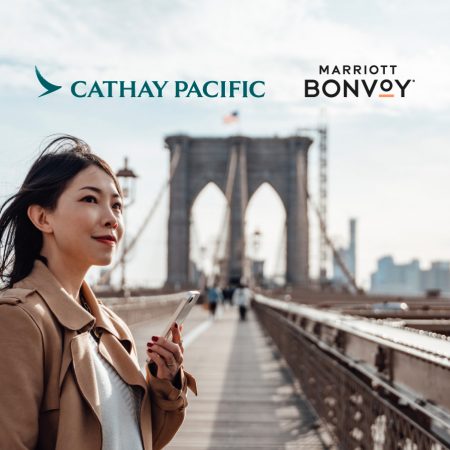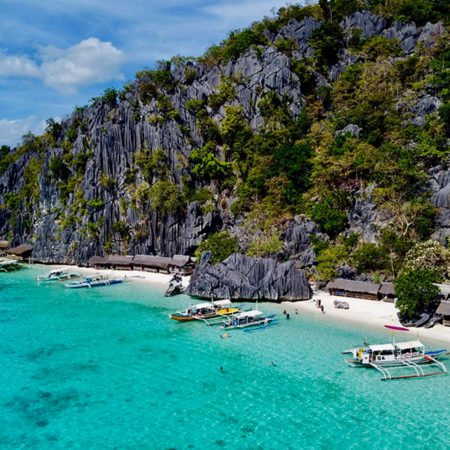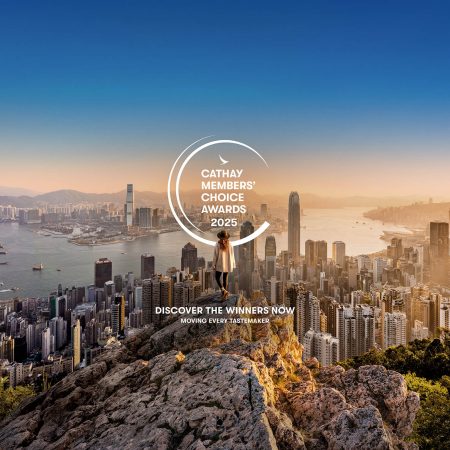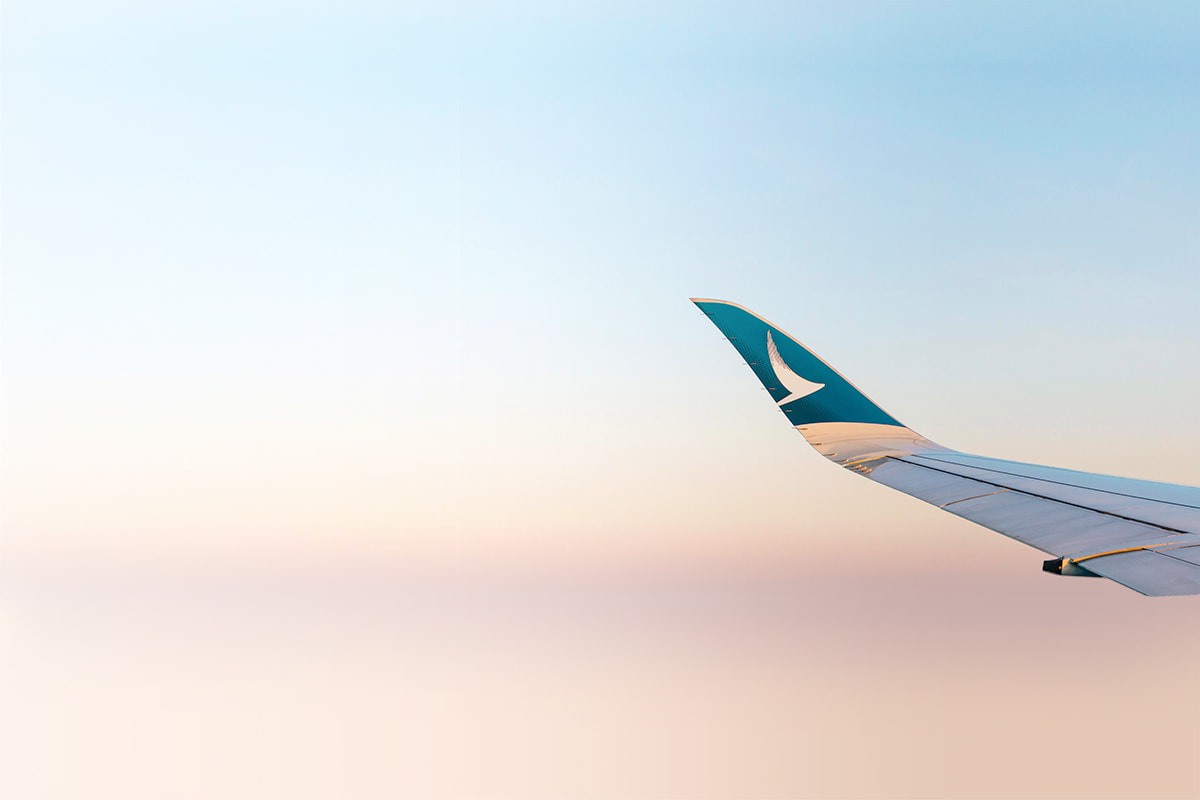Great travel experiences with the Belt and Road Initiative

The Silk Road once conjured images of camel caravans laden with spices and silks, winding through deserts and mountains. Today, that same spirit of connection lives on – in high-speed bullet trains and deep-water ports – thanks to regional infrastructure projects driven by the Belt and Road Initiative (BRI). Read on to discover three epic routes that carry travellers over mountainous terrain, past smouldering volcanoes and along tropical coastlines, rekindling the ancient allure of cross-border journeys.

Credit: Wong Yu Liang/Getty Images

Credit: VCG/Getty Images
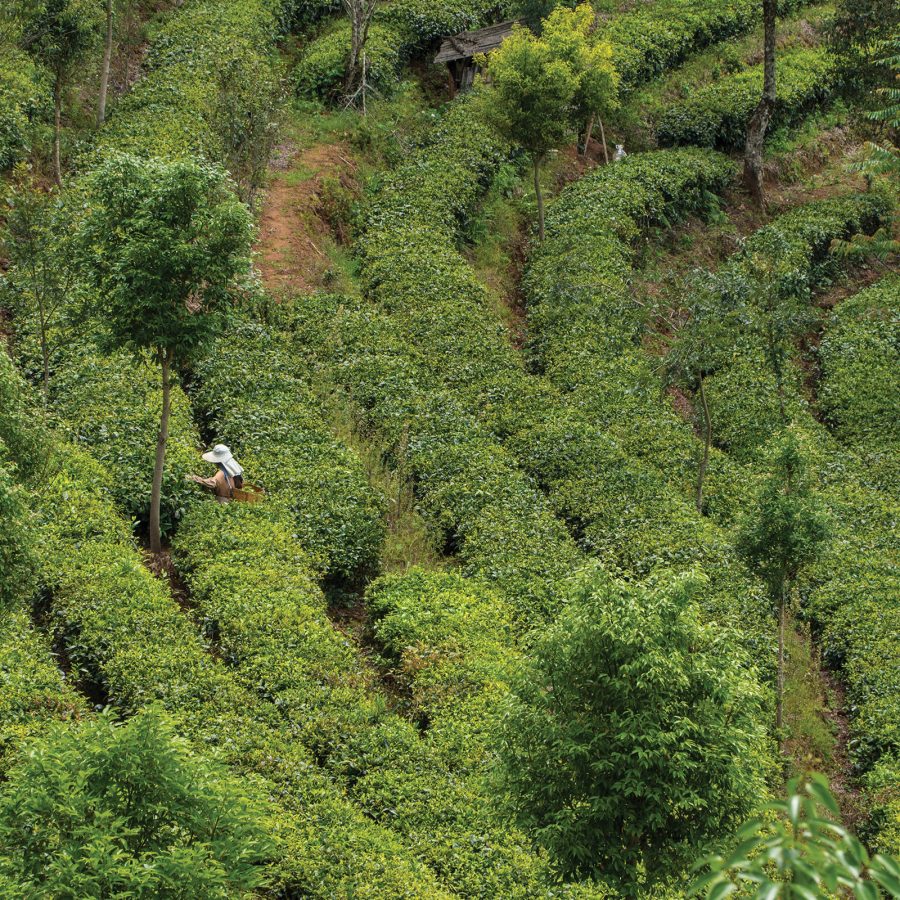
Credit: Jimmy wang/Getty Images
1. Kunming to Vientiane train
Where 13th-century Mongol horsemen and Ming Dynasty tea traders historically forged paths through Yunnan Province’s rugged terrain, a sleek bullet train now glides along steel tracks. The Laos-China Railway, a flagship BRI project completed in 2021, follows the contours of this ancient trade route, transforming what was a weeks-long journey into a scenic 10-hour ride.
The train runs once daily, departing from Kunming South Railway Station in the morning and arriving in Vientiane by late afternoon. Tickets (starting from CN¥543/HK$594) are best purchased in person from Kunming South or Central stations.
Before boarding, consider spending a day or two in Kunming, Yunnan’s capital – known as the “City of Eternal Spring” for its pleasant year-round climate. A must-see is the Stone Forest, a Unesco World Heritage Site that resembles a petrified woodland thanks to its towering limestone formations.
The first major stop on the railway is Pu’er – the Chinese Mainland’s tea capital – where terraced hillsides yield the world-famous fermented pu-erh tea. From there, the train continues south, crossing into Laos and descending towards the Unesco-listed city of Luang Prabang. Spend at least one night here to explore its temples and witness the serene morning alms-giving ritual by saffron-robed Buddhist monks. The final leg of the journey brings you to Vientiane, where you can cycle past heritage villas, sip Beerlao by the Mekong river and visit the golden stupa of Pha That Luang.

Credit: Taufeeq Halim/Getty Images

Credit: VCG/Getty Images

Credit: bayuharsa/Getty Images
2. Jakarta to Bandung train
Travelling around West Java used to require several days spent sailing along rivers or navigating mountain trails by horse-drawn cart. Since 2023, however, the BRI-backed Whoosh train – South East Asia’s first high-speed railway – has transformed the journey between Jakarta and Bandung into a smooth, sub-hour ride. Operated by transportation company KCIC , the train reaches speeds of up to 350 km/h, covering the distance in just 30-50 minutes, depending on the station.
Departures run roughly every 30 minutes from morning to night. The service begins at Halim Station in East Jakarta and terminates at either Padalarang or Tegalluar Station in Bandung. Tickets can be booked online up to a month in advance via the official Whoosh site or platforms such as Traveloka , with prices ranging from IDR150,000-600,000 (approx. HK$72-285), depending on the time and seating class.
The train flashes past rice paddies and volcanic foothills before arriving in Bandung, a city known for its Art Deco charm, tea plantations and dramatic natural scenery. If you’re of an adventurous nature, start your day with a sunrise hike up Tangkuban Perahu Volcano for sweeping views, or walk along the Rengganis Suspension Bridge, the longest of its kind in South East Asia.
Back in town, explore the cafés, restaurants and art galleries lining Braga Street, or catch an angklung performance – involving a traditional bamboo musical instrument native to West Java – at Saung Angklung Udjo. Refuel with local street food at the lively Sudirman Street Day and Night Market.
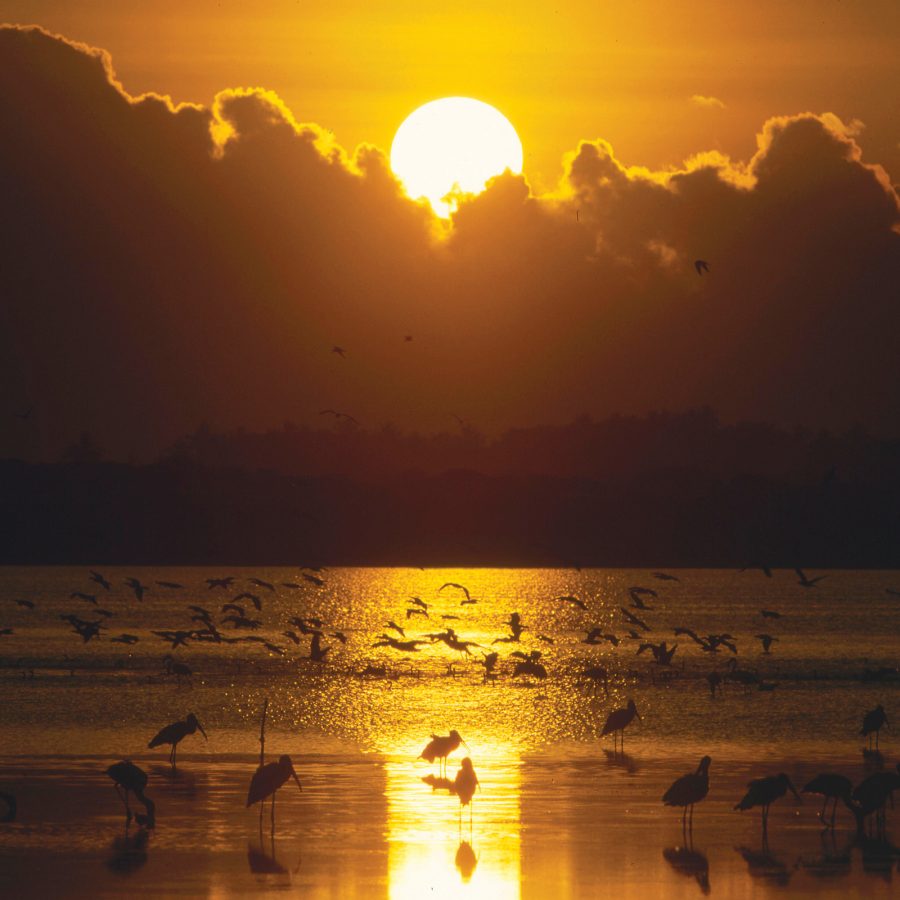
Credit: Erich Geduldig/Getty Images
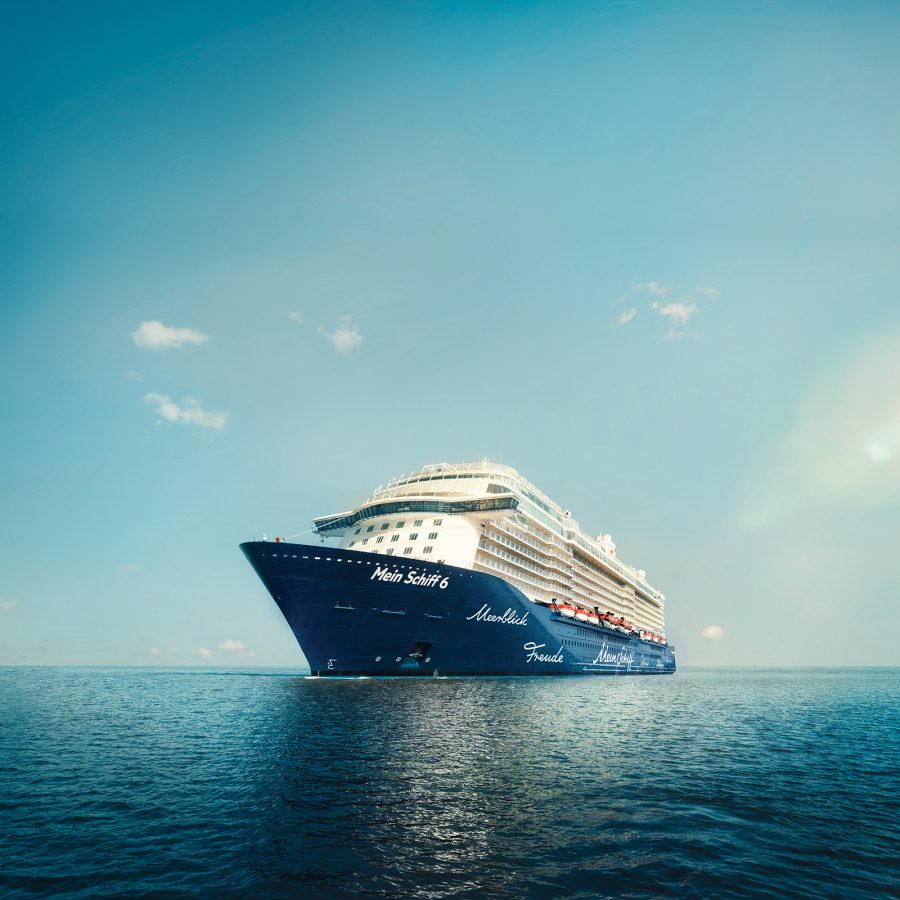
Credit: TUI Cruises GmbH
3. Hambantota Port
Previously a quiet fishing town, Hambantota has transformed into a strategic maritime hub, anchored by its BRI-funded deep-water port. While cargo ships dominate the scene, leisure cruises, including vessels from Mein Schiff and Celebrity Cruises, have begun docking here, offering a gateway to Sri Lanka’s wild southern coast.
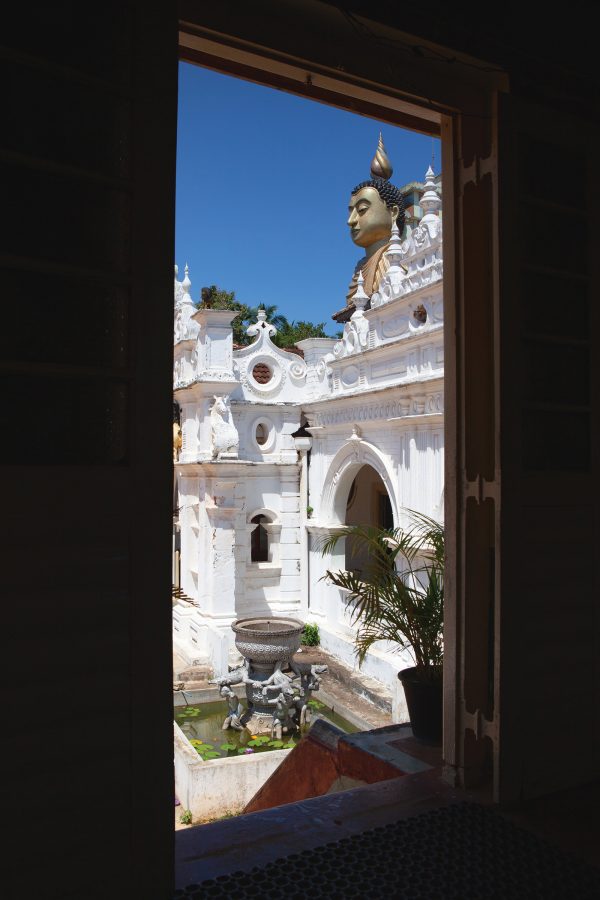
Credit: CaptureLight/Getty Images
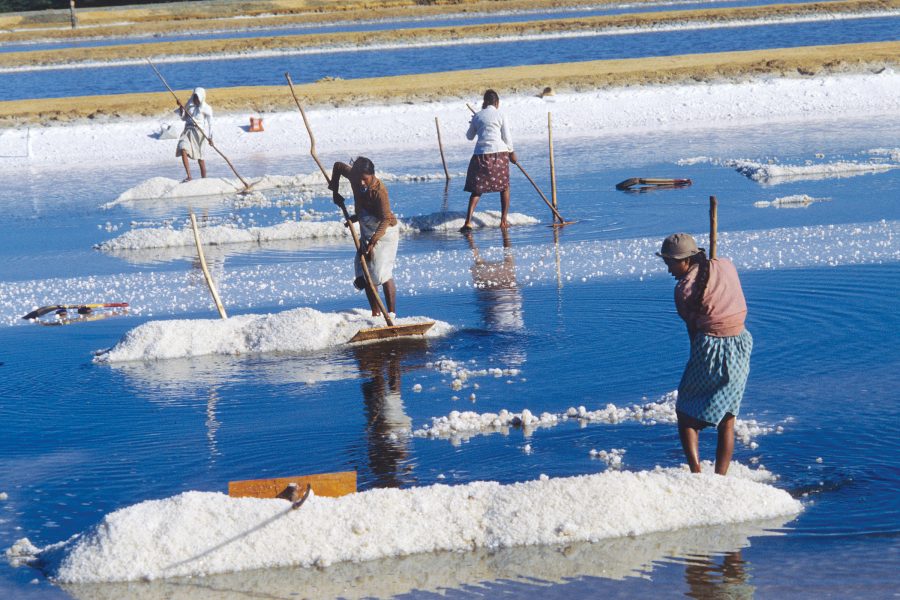
Credit: UniversallmagesGroup/Getty Images
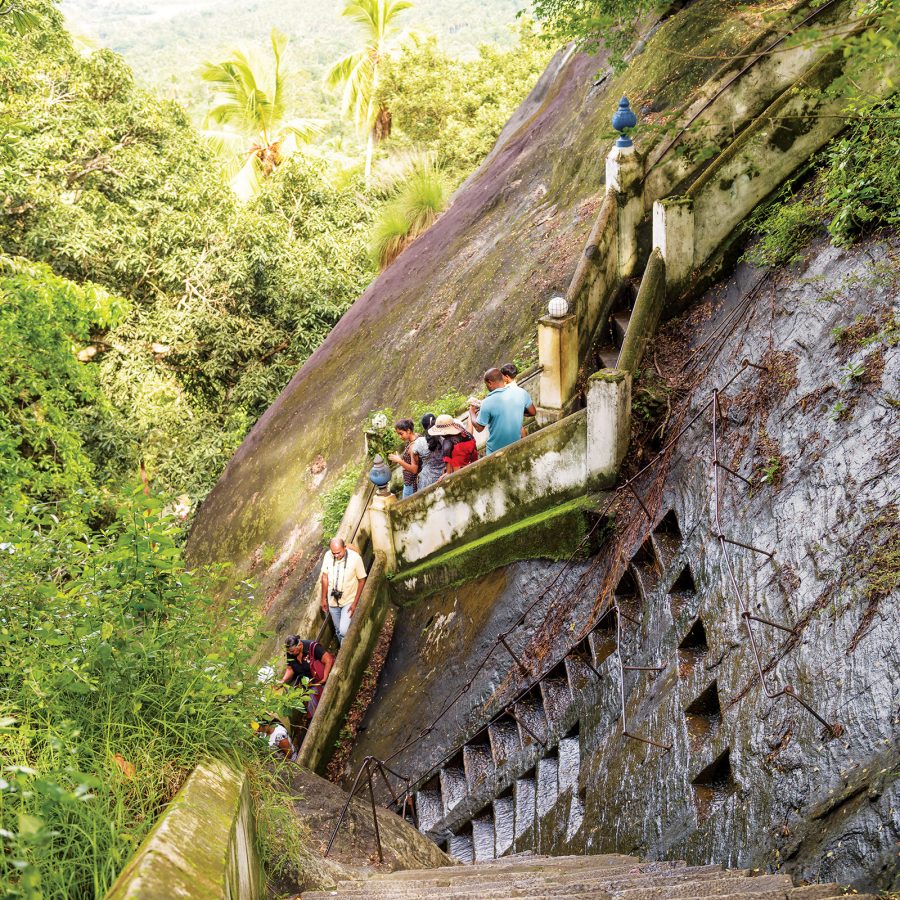
Credit: scaliger/Getty Images
Independent travellers can reach Hambantota by bus from Colombo, with several daily services available. From the port, visit the expansive Hambantota Botanical Gardens , where more than 300 orchid species drape century-old trees in a riot of colour. Nearby, Bundala National Park, a Unesco biosphere reserve, welcomes migratory flamingos to its lagoons from November to March.
For a dose of culture, visit the ancient Mulkirigala Rock Monastery, home to 2,000-year-old cave frescoes, or the tranquil Wewurukannala Vihara temple, which features a towering, 50-metre-tall Buddha statue. Don’t miss a tour of Hambantota’s salt pans, where workers still harvest sea salt using traditional methods, giving a glimpse into the region’s enduring heritage.
More inspiration
- China – the Chinese Mainland, Hong Kong SAR, Macao SAR and Taiwan Region
- Hong Kong SAR - English
- Chinese Mainland (China) - English
- Taiwan, China - English
- 香港特別行政區 - 繁體中文
- 中国內地 - 简体中文
- 中國台灣 - 繁體中文
- Africa
- South Africa - English
- Asia
- Bangladesh - English
- Korea - English
- Singapore - English
- Cambodia - English
- 한국 - 한국어
- Sri Lanka - English
- India - English
- Malaysia - English
- Thailand - English
- Indonesia - English
- Maldives - English
- ประเทศไทย - ภาษาไทย
- Indonesia - Bahasa Indonesia
- Myanmar - English
- Vietnam - English
- Japan - English
- Nepal - English
- Việt Nam - tiếng Việt
- 日本 - 日本語
- Philippines - English
- Australasia
- Australia - English
- New Zealand - English
- Europe
- Belgium - English
- France - Français
- Россия - Русский
- Denmark - English
- Ireland - English
- Schweiz - Deutsch
- Deutschland - Deutsch
- Italia - Italiano
- United Kingdom - English
- España - Español
- Nederland - Nederlands
- Middle East
- Bahrain - English
- Saudi Arabia - English
- United Arab Emirates and Qatar - English
- Israel - English
